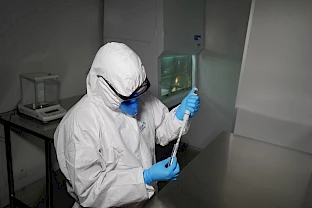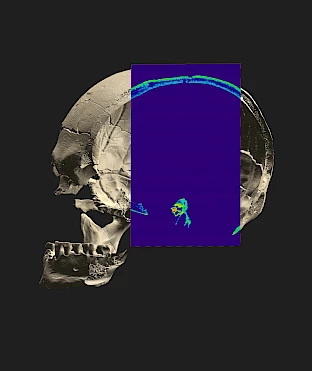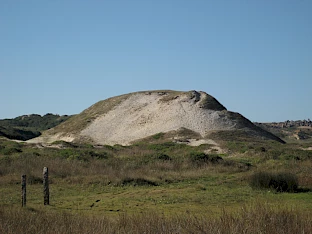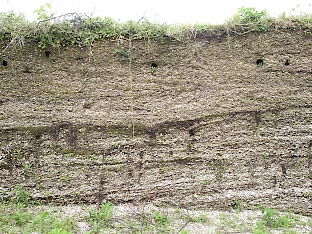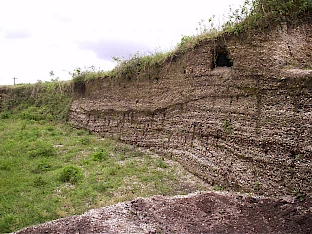Scientists extract DNA from 10,000-year-old skeleton and unravel ancient history of the Americas
The results, published today in Nature Ecology & Evolution, show that Luzio is an ancestor of today's Native American populations and that the hypothesis that the first Brazilians belonged to a distinct population was therefore wrong.
English version: Diana Taborda
An international research team that includes Claudia Cunha, from the Research Centre for Anthropology and Health (CIAS) of the Faculty of Sciences and Technology of the University of Coimbra (FCTUC), has succeeded in extracting DNA from a 10,000-year-old skeleton known as "Luzio".
The results, which have just been published in Nature Ecology & Evolution, show that Luzio is an ancestor of present-day Native Americans and that the hypothesis that the first Brazilians belonged to a separate population was therefore wrong.
"The study includes the largest ancient genome-wide dataset in Brazil and shows that the coastal communities of ancient Amerindian times (Sambaquis) do not represent a genetically homogeneous population. It is also the first genetic study to cover such a large region and number of individuals for the country. Through genetic sequencing of ancient DNA, we obtained data from 34 ten-thousand-year-old individuals from the Atlantic Coast, Lagoa Santa, Lower Amazon and Northeast regions of Brazil," says Claudia Cunha, co-author of the paper..
Sambaquis, which are vertical constructions made of shells, were built around 8,000 years ago along more than 3,000 kilometres of South America's east coast. "According to the archaeological record, sambaquis builders shared some cultural similarities. However, contrary to expectations, these groups of people showed significant genetic differences, possibly due to regional contacts with inland groups," the authors say.
"These cultural relics, known as sambaquis, were built over seven thousand years and are mainly made up of shells, sediments and other everyday debris. Sambaquis were used by ancient indigenous populations as dwellings, burial grounds and territorial demarcations, and are one of the most fascinating archaeological phenomena in pre-colonial South America," explains Tiago Ferraz, lead author of the study and an expert from the Museum of Archaeology and Ethnology at the University of São Paulo, Brazil.
According to the CIAS researcher, sambaquis have always been built in a similar way over a long period of time and over a wide area. The associated communities shared cultural similarities. Their origins, demographic history and encounters with hunter-gatherers from the early Holocene interior, together with their rapid disappearance, have raised several questions, which are explored in this study.
"The extraction of DNA from the Luzio skeleton was the missing key to unravelling the origins of the first Americans. The results obtained clearly show that there was no distinct human population in the Americas in the past, as was believed for decades," claim the international scientists.
The study also shows that early Holocene hunter-gatherers are genetically distinct from each other and from later populations in eastern South America. This suggests that there were no direct relationships with later coastal groups. The team's analyses also suggest that contemporary Sambaquis from the southeast coast of Brazil and the southern coast of Brazil were genetically heterogeneous.
In short, "the published results show that Sambaquis communities on the south and south-east coasts do not represent genetically homogeneous populations. Both regions showed different demographic trajectories, possibly due to the low mobility of coastal groups. This contrasts with the cultural similarities described in the archaeological record. We need to conduct more regional and micro-scale studies to learn more about the genomic history of South America," they conclude.
The study "Genomic history of coastal societies from eastern South America" was conducted by FCTUC, the University of São Paulo and the University of Tübingen and is available at https://www.nature.com/articles/s41559-023-02114-9.

